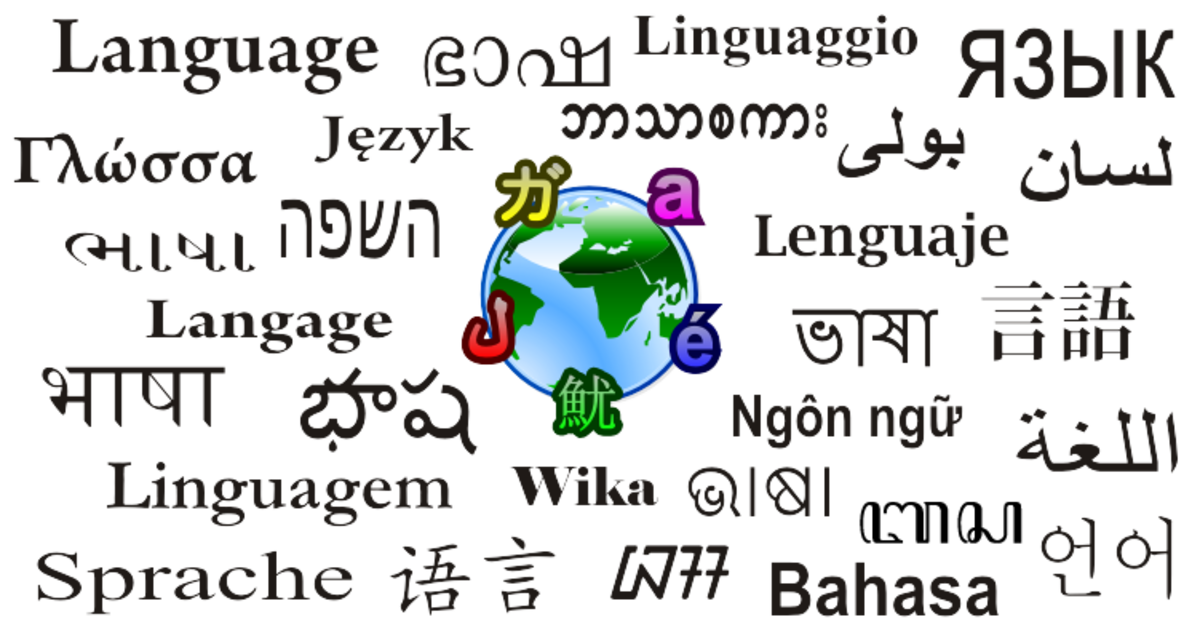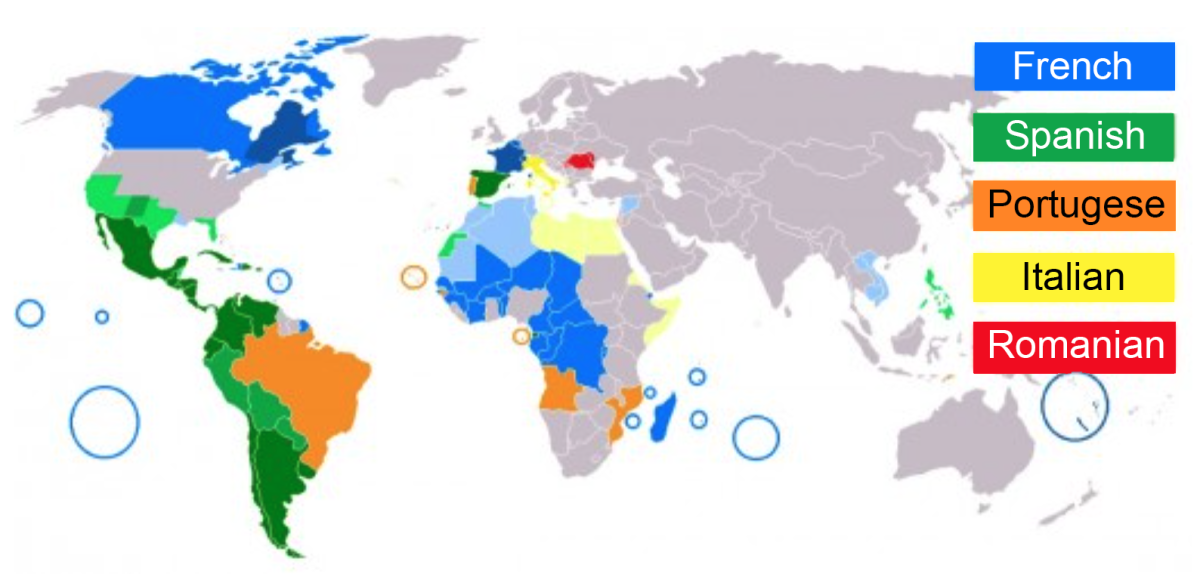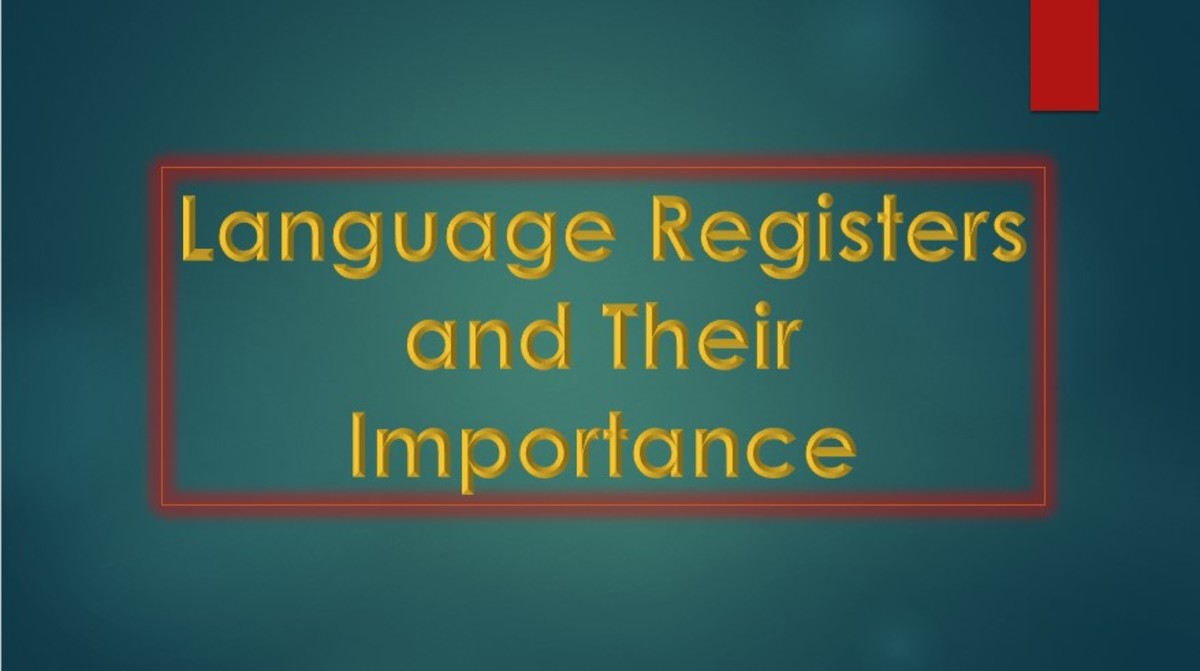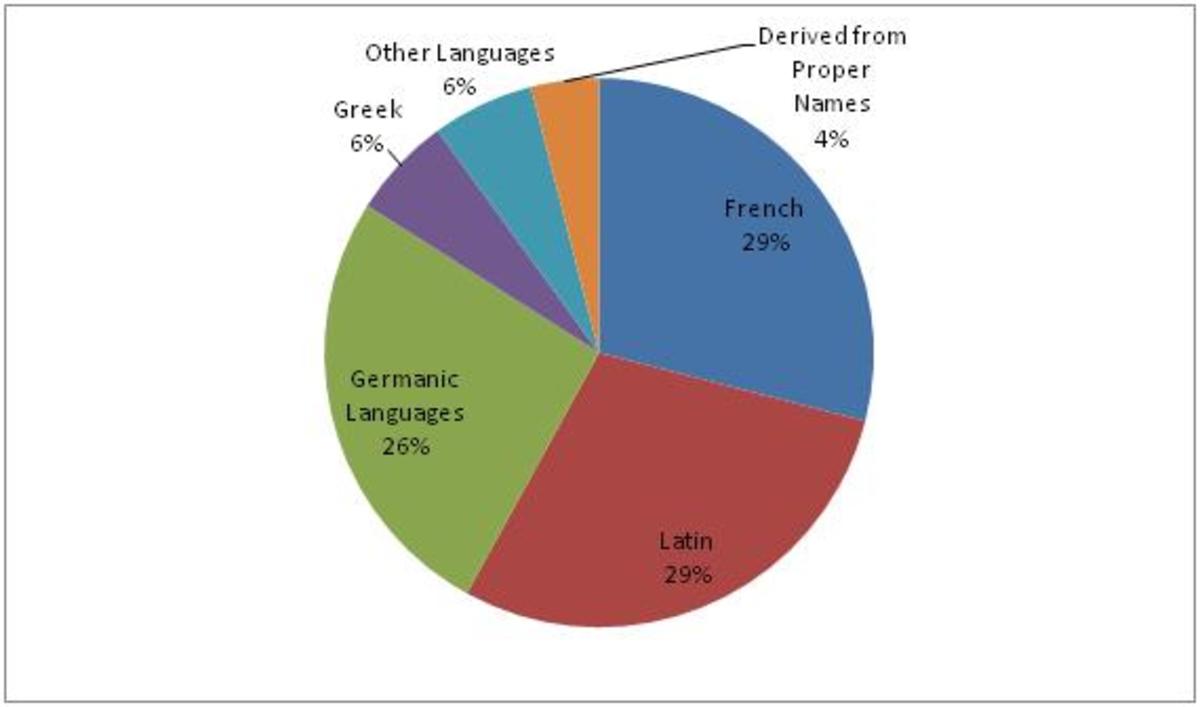A Few Facts About Languages
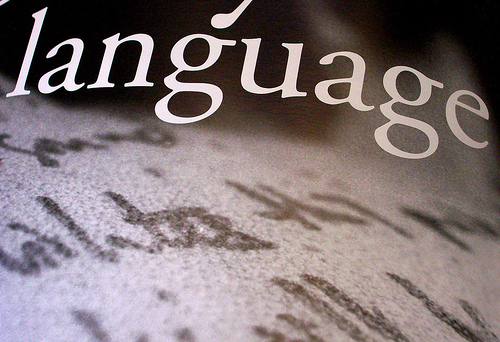
From a mother's instinctive understanding of her baby's babbling to the spoken word of university students, language is man's foremost means of communication.
While thinking without words is possible at a primitive level, we subconsciously veer toward a ‘preferred' mother tongue in our inner monologues. This chosen inner voice is a mirror of culturally thoughts.
Today, the linguist's greatest hope is the improvement of linguistic techniques, so that people are able to master least one of the world's living languages. At the same time , there are fears that if a language evolve without external inputs from other languages it may eventually become incomprehensible.
Although English is considered to be the most widely spoken language in the world today, figures compiled in 2000 repudiate this assumption and claim Mandarin ranks first with 874 million native speakers, Urdu/Hindi ranks second a 366 million and English comes third with 341 million.
English however, remains the lingua franca of the world, being an official language in 52 countries, accounting for 75% of the world's mails and 60% of the world's radio programmers. Internet traffic shows a reduction in English as people communicate in their preferred language, with English 35.8%, other European languages at 37.5% and Asian languages at 33%.
Languages which remain unwritten, geographically confined and rigidly conventional in terms of corrections tend to die out. The first step towards extinction is when children refuse to communicate in their native language. Many governments strongly oppose inculcation of new words and in the process endanger linguistic growth.
Interestingly, Romany or Romani Chiv , ‘gipsy tongue', is basically Indian, though it now contains borrowed words. It is this adaptability which has allowed it to survive. While the future of Urdu looks bright as it continues to evolve, it is our regional languages that need to reach beyond their geographical limits to avoid possible extinction.

